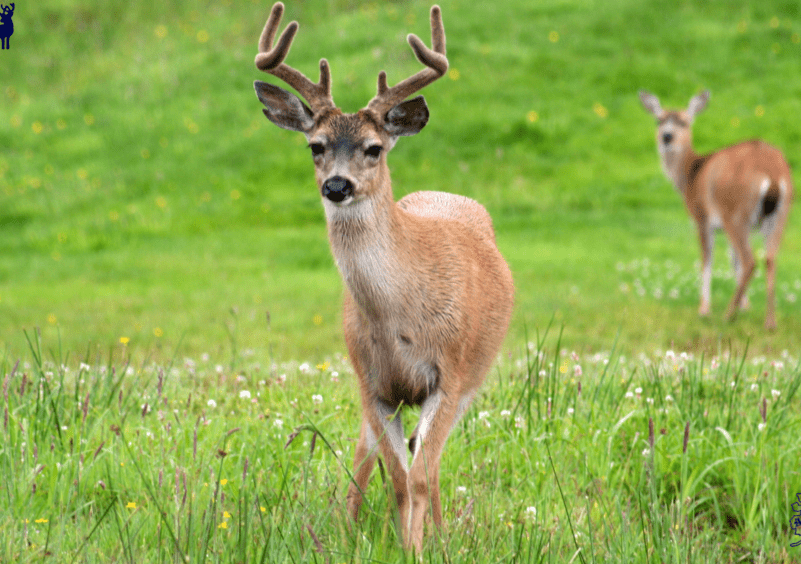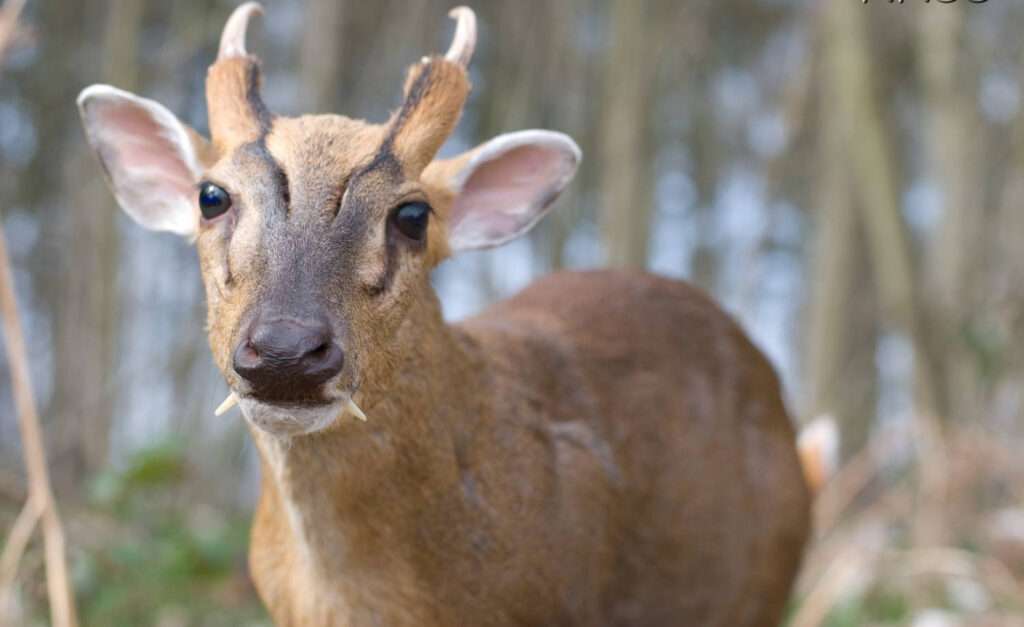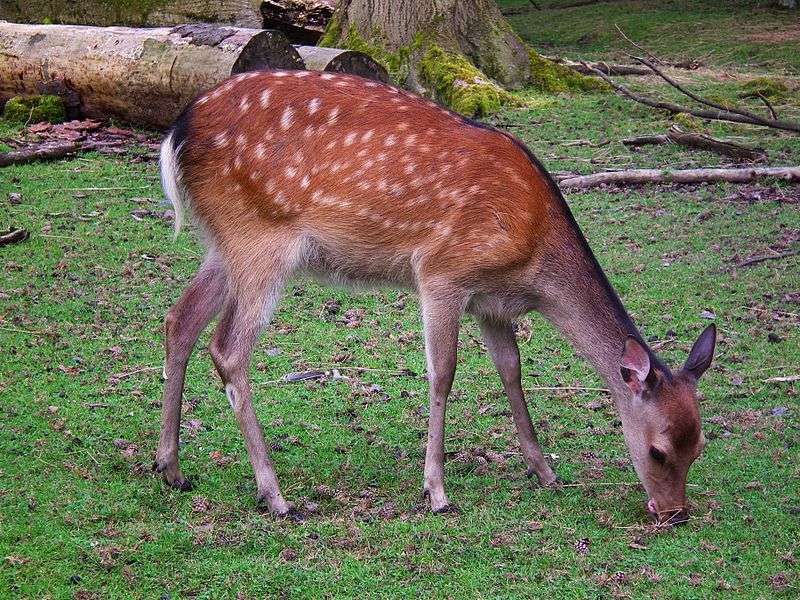
Description
Scientific Name: Odocoileus hemionus sitkensis
Lifespan: 10 years on average, yet under human management they can live up to 20 years.
The Columbian black-tailed subspecies of the mule deer (Odocoileus hemionus) is similar to the Sitka deer, sometimes known as the Sitka black-tailed deer (Odocoileus hemionus sitkensis). The physique of the black-tailed deer is typically stocky, with long, slender, and robust legs. The seasons cause black-tailed deer to vary the colour of their coat. Their winter coat is brownish-gray, and in the summer it is reddish-brown. They have a tail that is entirely black or dark brown. The underside of them is white. They have big ears that can move on their own. Bucks with black tails typically have antlers. However, female black-tailed deer can occasionally have antlers as well. At the age of 6 to 8 months, antler development begins. They are known as antler buttons when they are in the early stages of growth. They grow behind a skin layer known as velvet. When the antlers are fully matured, the dried velvet comes off to reveal them.
Once a year, between December and March, male black-tailed deer shed their antlers, then between April and August, they grow them back. The antlers grow larger and have more branches each year. Antlers shed on the forest floor serve as an excellent supply of calcium and other minerals for the creatures that live there.

Habitat
The damp, coastal rainforests of southeast Alaska and northern British Columbia are home to the Sitka deer. The forests close to the Pacific coast are home to these deer. Both on mountains and close to foothills are home to them. They love pleasant weather with regular rains and cold temperatures. These species don’t migrate, but those that inhabit mountains can descend during the winter.
Behavior
For this species, breeding peaks in late November. Does (females) start reproducing in their second year of life and carry on until they are 10–12 years old, giving birth to fawns every year. Sitka deer go from the high mountain summits to lowlands and beaches where the snow is shallower where they spend the winter. As they can’t find food in deep snow, they can suffer losses and famine. Deer in the area will use these pathways to move about and feed when there is a lot of snow on the ground. They return to the upper elevations of the mountains in the summer.
Keeping as a Pet/In Captivity
They consume grasses, sedges, cabbage, berry bushes, and other woody plants as well as their leaves.
The black-tailed deer uses more than ten different vocalizations to communicate with one another. The black-tailed deer uses vocalizations together with smells to communicate. Additionally, pheromones produced by glands on the lower legs aid in communication.
Table





